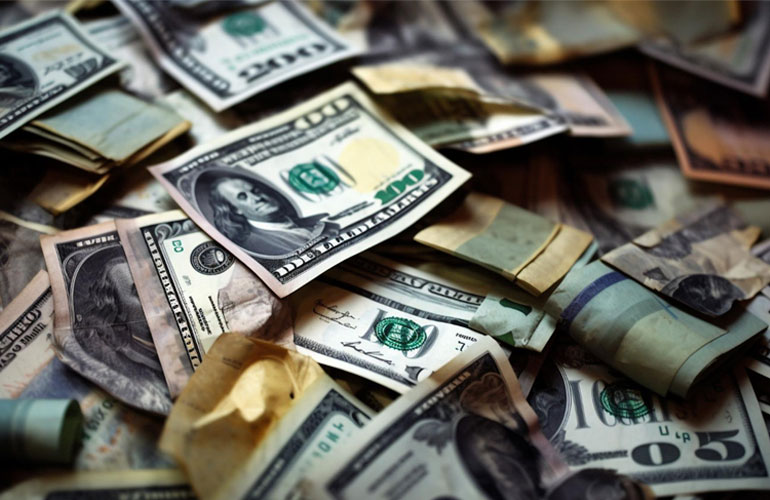


#ForexTrading #StartTrading #InvestSmart #TradingCapital #ForexMarket #FinancialFreedom #TradingForBeginners
Starting a journey in forex trading is both exciting and challenging. With over $6 trillion traded daily, the forex market attracts both novice and experienced investors from across the globe. But one of the most common questions for those new to forex is, “How much money do I need to start?”
In this guide, we’ll answer that question in detail and explore what you should know about minimum capital, account types, leverage, and strategies that allow you to start trading with confidence.
There is no fixed amount required to start forex trading—how much you need depends on your goals, trading style, and risk tolerance. Traders can open accounts with as little as $50, but an effective starting amount is usually in the range of $500 to $1,000. This gives you more flexibility and a better chance to see returns, especially if you’re aiming for a conservative growth strategy.
Let’s break down the primary cost factors that will influence your initial investment:
Leverage enables traders to control a large position with a relatively small amount of capital. While leverage can increase profits, it can also amplify losses, making it a double-edged sword.
Example of Leverage:
Forex brokers offer a range of account types tailored to various budget levels, trading goals, and experience.
Each account type offers different spreads and benefits, so it’s important to choose one that matches your initial budget and long-term goals.
A smaller account requires more conservative strategies to minimize risk while allowing the account to grow over time. Here are a few effective strategies:
Before you dive in, it’s important to create a budget that covers both your trading capital and any additional expenses. Here’s a suggested breakdown:
Risk management is the backbone of sustainable trading. It’s important to understand that while forex offers substantial returns, it’s also highly volatile.
While profits vary based on experience, leverage, and market conditions, many experts suggest setting modest, attainable goals initially. Aiming for a consistent 5-10% return per month is realistic for skilled traders.
Choosing the right broker is crucial, especially when you’re working with limited capital. Here are the main factors to consider:
Small accounts can be more challenging psychologically since even a small loss can have a larger percentage impact. To maintain discipline, it’s essential to approach each trade rationally and keep emotions in check.
Yes, some brokers offer nano or micro accounts that allow trading with as little as $10. However, it’s recommended to start with at least $100 to have room for risk management.
For beginners, starting with $500 to $1,000 can provide a balance between affordability and flexibility. This range allows for meaningful trades while still giving you room to learn.
Yes, forex trading can be profitable, but it requires knowledge, practice, and a disciplined approach to risk management.
Starting forex trading doesn’t necessarily require a fortune, but a well-thought-out approach to capital, risk, and learning is essential. By understanding your initial costs, setting realistic profit goals, and committing to a disciplined strategy, you can navigate the forex market successfully.
Whether you’re starting with $100 or $10,000, remember that success in forex is built on patience, persistence, and a continuous drive to improve. Ready to trade smart, start small, and grow big? Let your forex journey begin!
#StartSmart #ForexSuccess #CapitalMatters #TradingMindset #RiskManagement #ForexJourney
Navigating Markets, Maximizing Profits.
Phone: +44 7868806499 Start Now